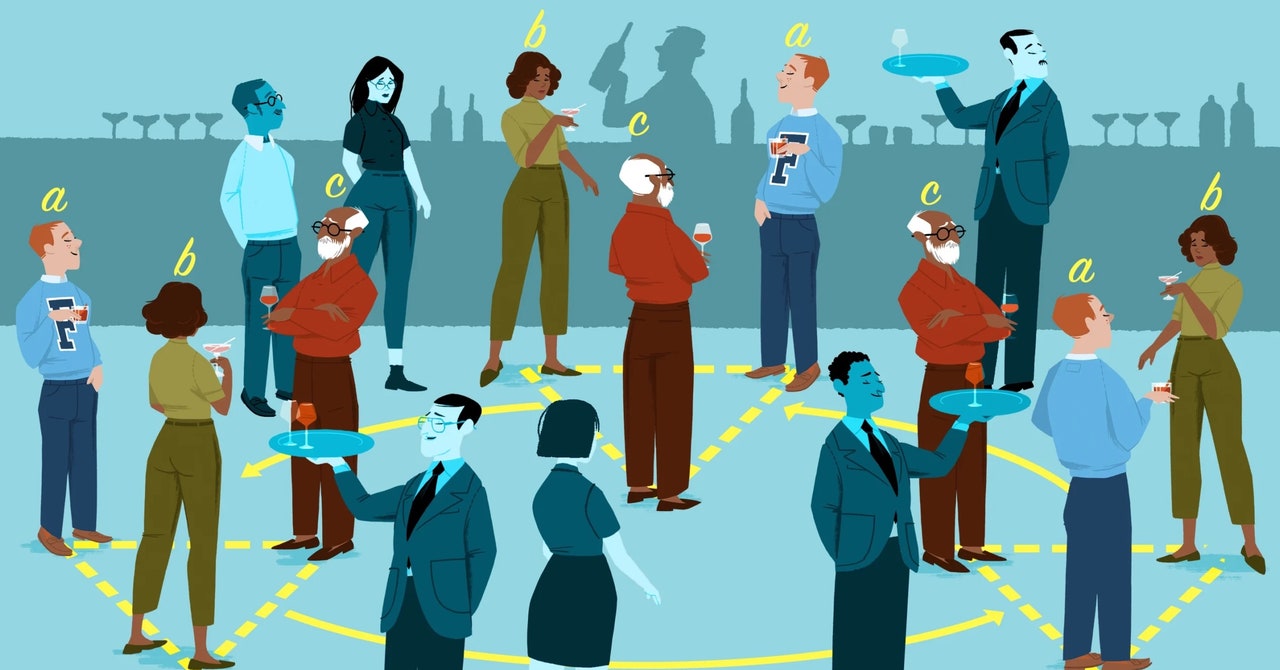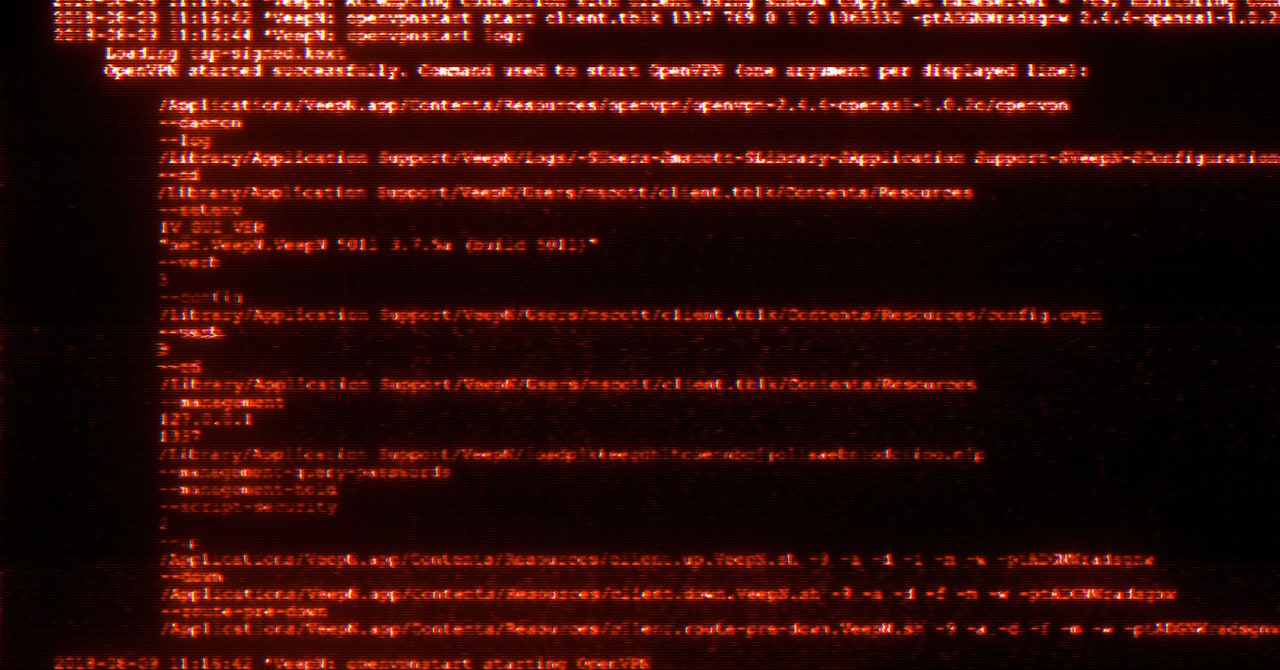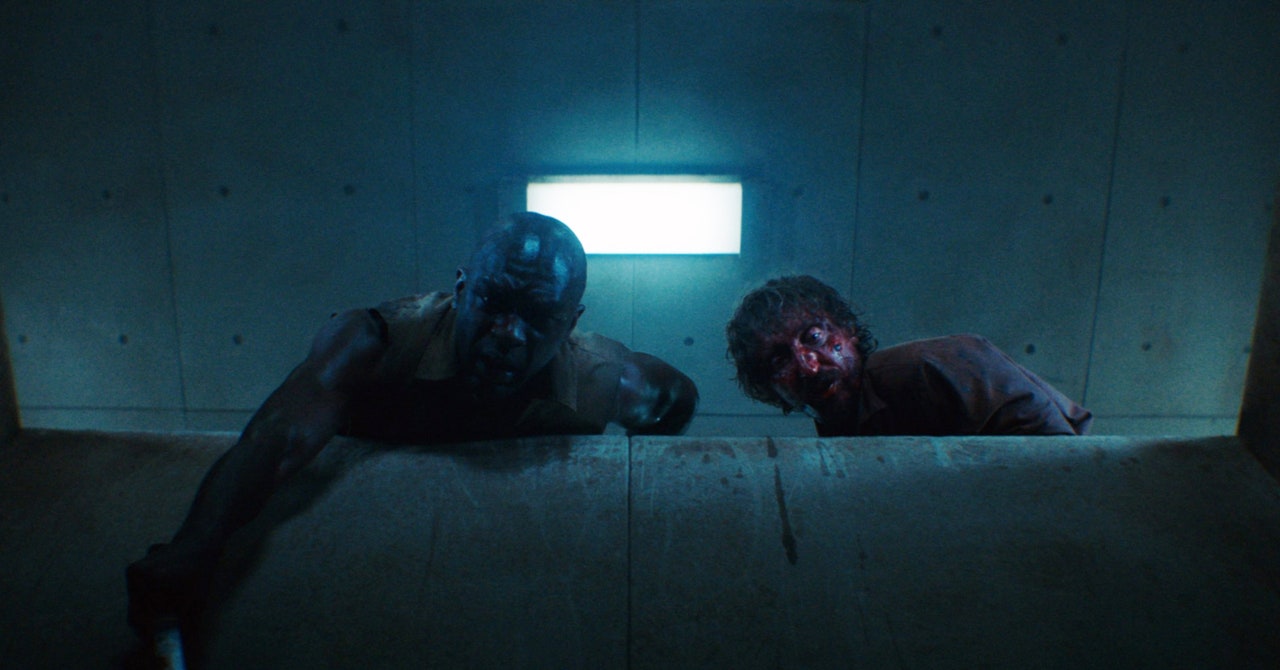Figuring out what subgroups a group contains is one way to understand its structure. For example, the subgroups of Z6 are {0}, {0, 2, 4} and {0, 3}—the trivial subgroup, the multiples of 2, and the multiples of 3. In the group D6, rotations form a subgroup, but reflections don’t. That’s because two reflections performed in sequence produce a rotation, not a reflection, just as adding two odd numbers results in an even one.
Certain types of subgroups called “normal” subgroups are especially helpful to mathematicians. In a commutative group, all subgroups are normal, but this isn’t always true more generally. These subgroups retain some of the most useful properties of commutativity, without forcing the entire group to be commutative. If a list of normal subgroups can be identified, groups can be broken up into components much the way integers can be broken up into products of primes. Groups that have no normal subgroups are called simple groups and cannot be broken down any further, just as prime numbers can’t be factored. The group Zn is simple only when n is prime—the multiples of 2 and 3, for instance, form normal subgroups in Z6.
However, simple groups are not always so simple. “It’s the biggest misnomer in mathematics,” Hart said. In 1892, the mathematician Otto Hölder proposed that researchers assemble a complete list of all possible finite simple groups. (Infinite groups such as the integers form their own field of study.)
It turns out that almost all finite simple groups either look like Zn (for prime values of n) or fall into one of two other families. And there are 26 exceptions, called sporadic groups. Pinning them down, and showing that there are no other possibilities, took over a century.
The largest sporadic group, aptly called the monster group, was discovered in 1973. It has more than 8 × 1054 elements and represents geometric rotations in a space with nearly 200,000 dimensions. “It’s just crazy that this thing could be found by humans,” Hart said.
By the 1980s, the bulk of the work Hölder had called for appeared to have been completed, but it was tough to show that there were no more sporadic groups lingering out there. The classification was further delayed when, in 1989, the community found gaps in one 800-page proof from the early 1980s. A new proof was finally published in 2004, finishing off the classification.
Many structures in modern math—rings, fields, and vector spaces, for example—are created when more structure is added to groups. In rings, you can multiply as well as add and subtract; in fields, you can also divide. But underneath all of these more intricate structures is that same original group idea, with its four axioms. “The richness that’s possible within this structure, with these four rules, is mind-blowing,” Hart said.
Original story reprinted with permission from Quanta Magazine, an editorially independent publication of the Simons Foundation whose mission is to enhance public understanding of science by covering research developments and trends in mathematics and the physical and life sciences.
















Leave a Reply